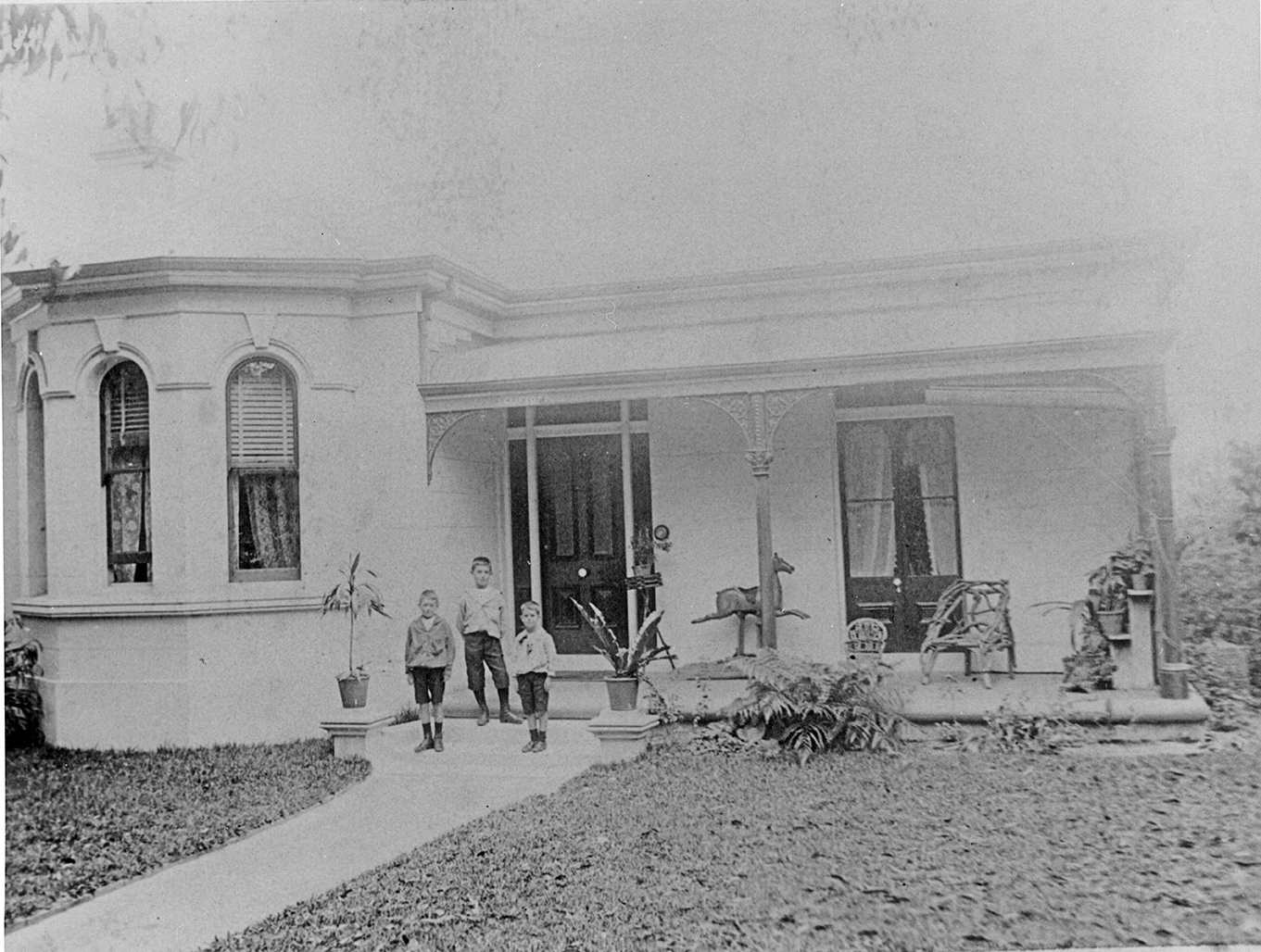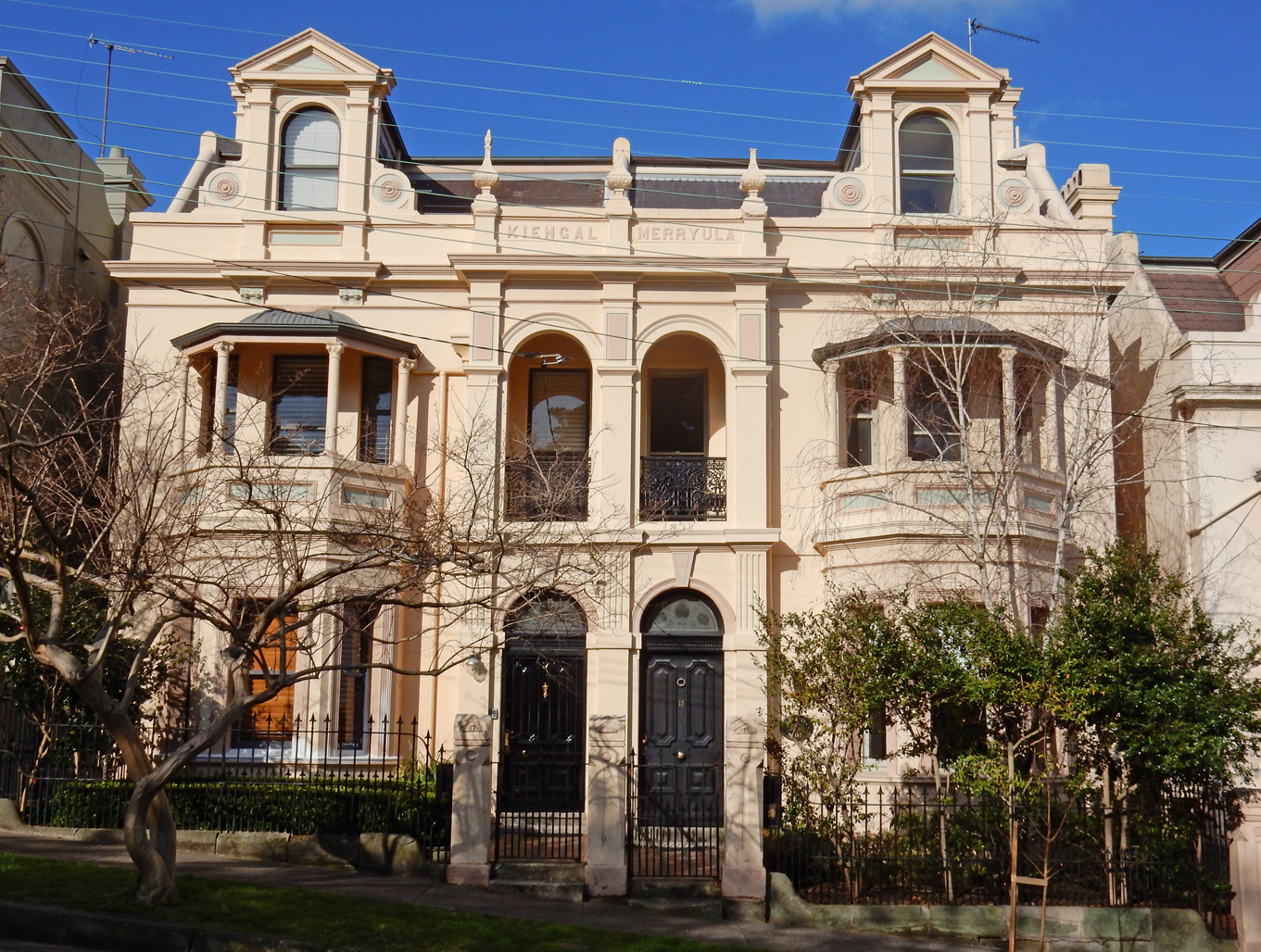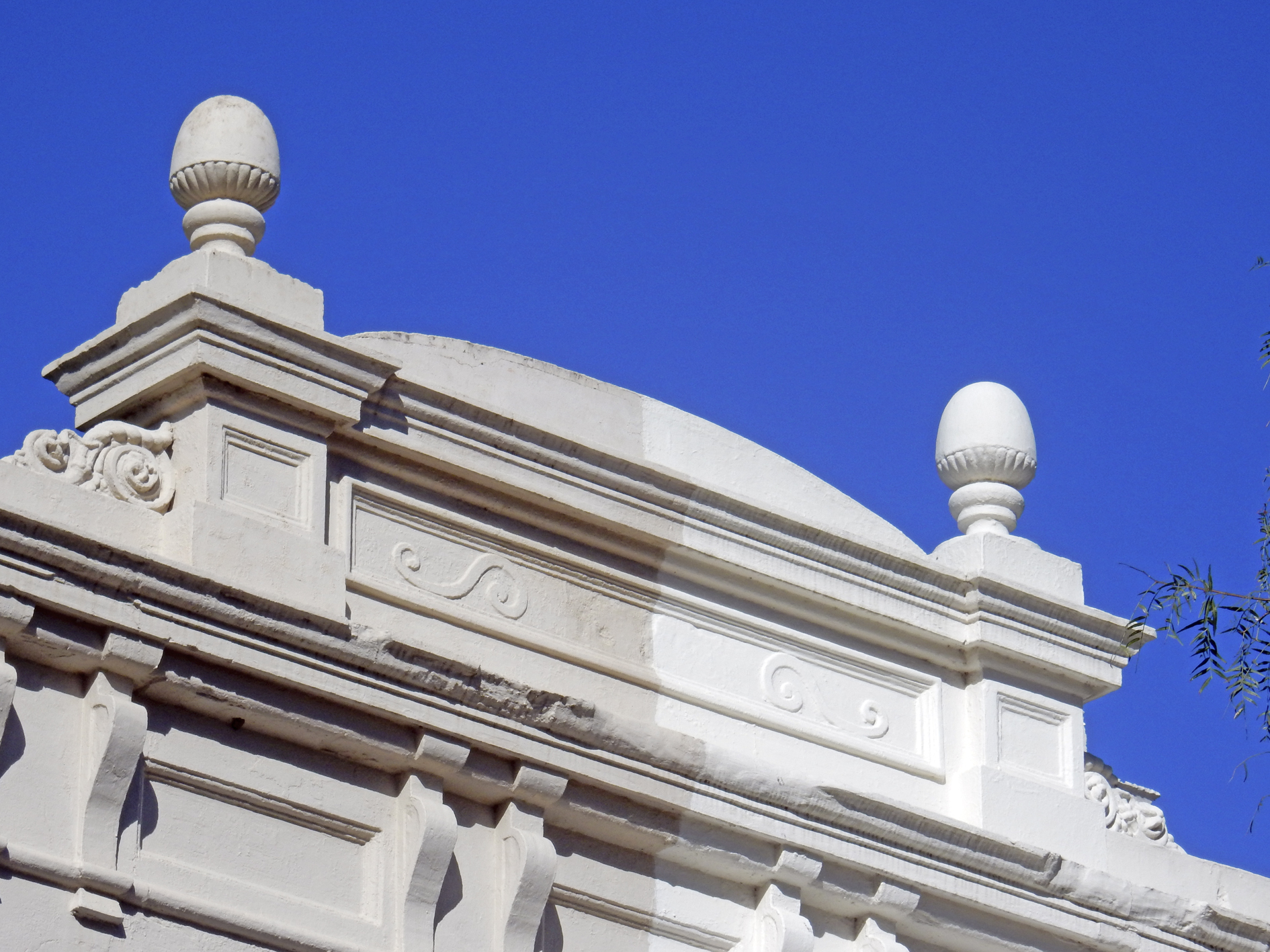|
Victorian ItalianateItalianate, like the related Georgian-styles, belongs to the Continental stream of influence in Australian architecture.And, like Georgian, there were British architects who embraced the style in the United Kingdom. With this acceptance at ‘home’, Italianate architecture was readily adopted as a domestic and government style in the colonies during the Victorian-era. The origins of its appeal in Anglophile societies extend from the 18th century interest in the Italian landscape and landscape art among the British upper classes. This, in turn, had been fostered in the minds of the wealthy and influential by the Grand Tour of Europe which was essentially an educational rite of passage. Italianate buildings tended to be asymmetrical where the more obviously classical Georgian were balanced and symmetrical. Italianate buildings featured decorative masonry such as arches, ballustrades, bracketed eaves, towers, and urns, rather than timber elements which characterised English Revival styles. From the mid-19th century, this continental style particularly appealed to the Victorian love of embellishment. Italianate elements frequent appeared on Victorian Filigree terrace houses. There were many boom-era Italianate mansions erected in Melbourne and the commuter suburbs of Sydney in the 1880s. ‘The Towers’, ‘Graythwaite’ and ‘Warringah Lodge’ were local examples of this grander expression of the style. Terrace housing often incorporated elements of Italianate such as urns mounted on parapets. In several of Sydney’s inner western suburbs, in particular Glebe and Leichhardt, single storey Italianate villas with an asymmetrical bay-fronted window were commonplace. ‘Clifton’, built at No.64 Ben Boyd Road around 1890, was a local example of this style. There are comparatively few small Italianate villas to be found in North Sydney, suggesting that the design was not particularly popular locally or that demolition has reduced their numbers. ‘Clifton’ in Neutral Bay was replaced by a block of flats in the late 1960s or early 1970s. |
|










